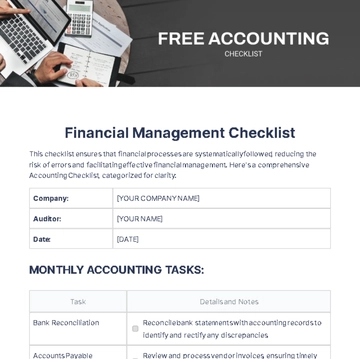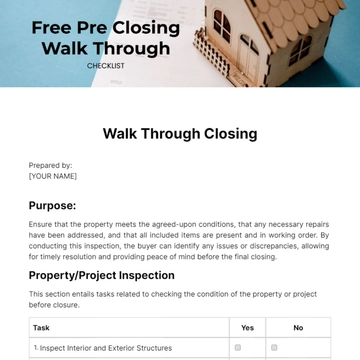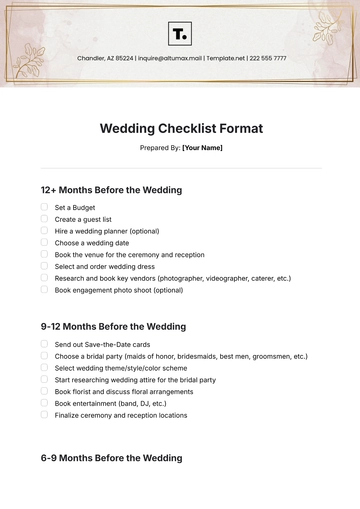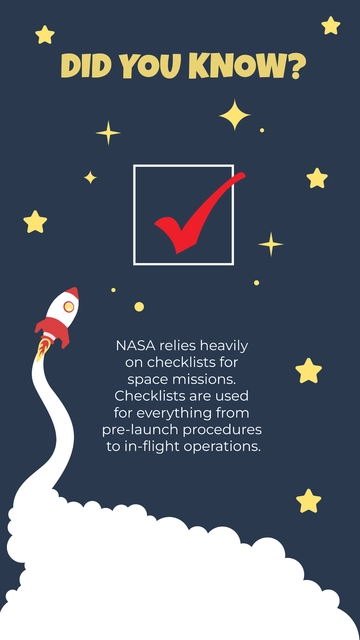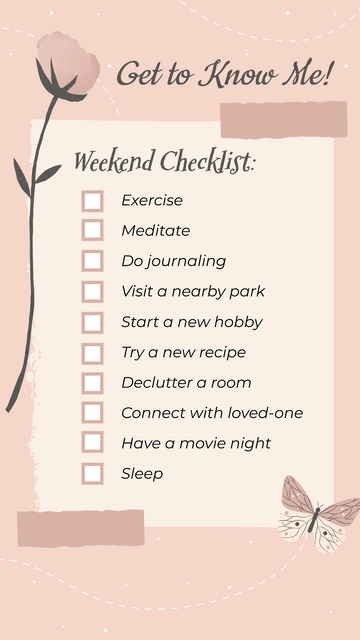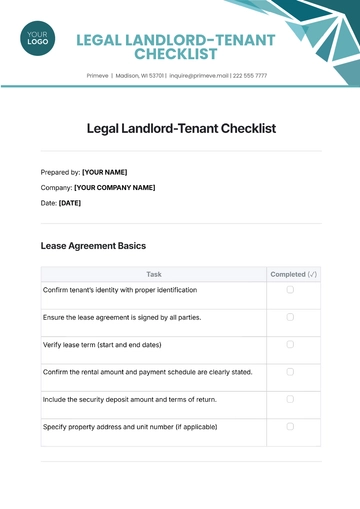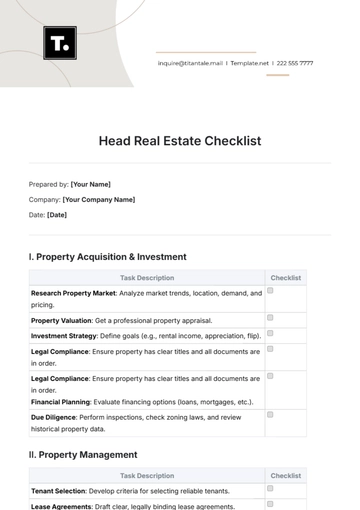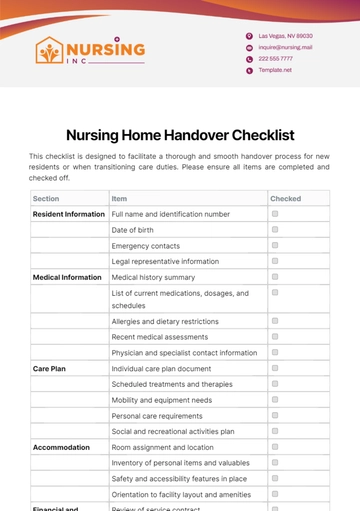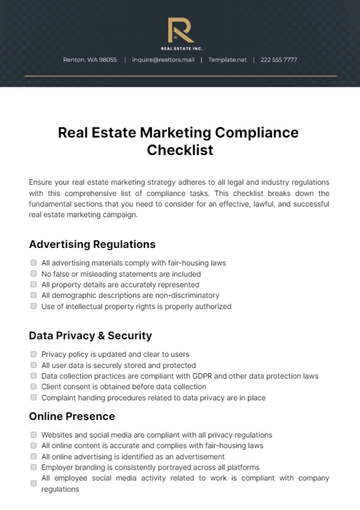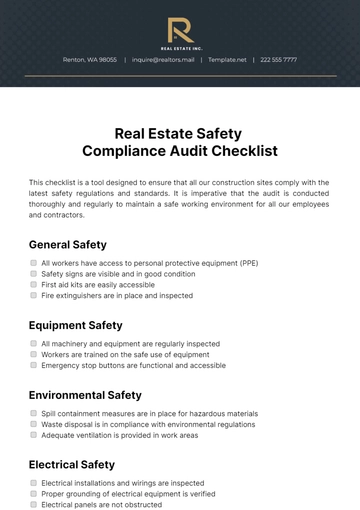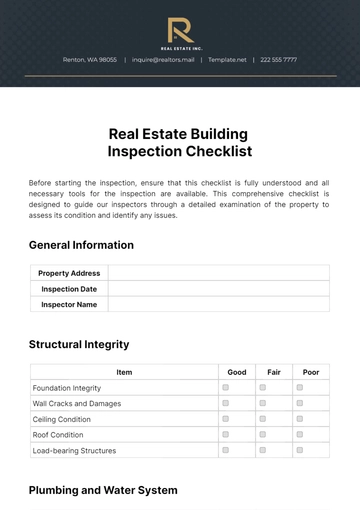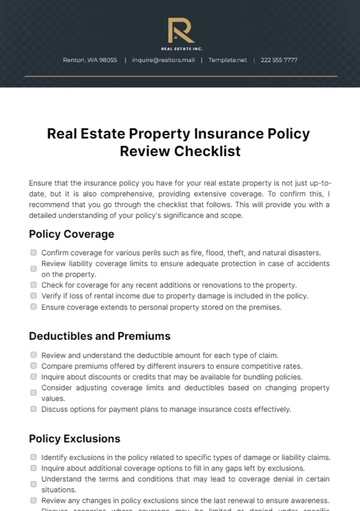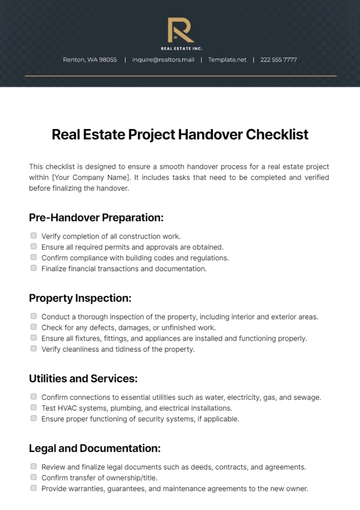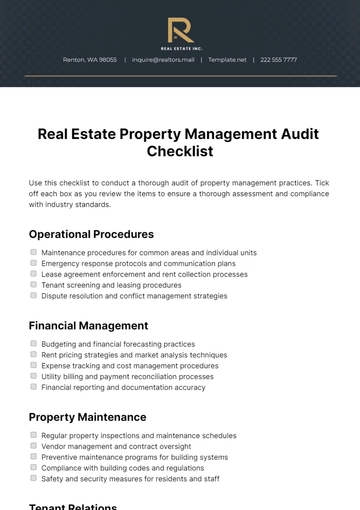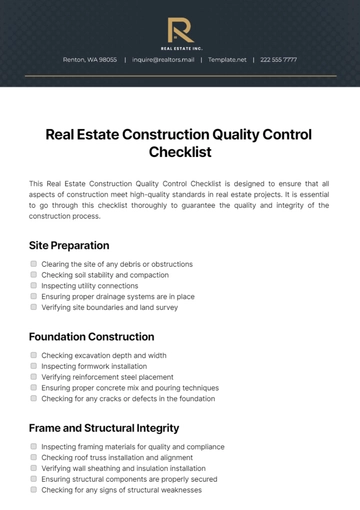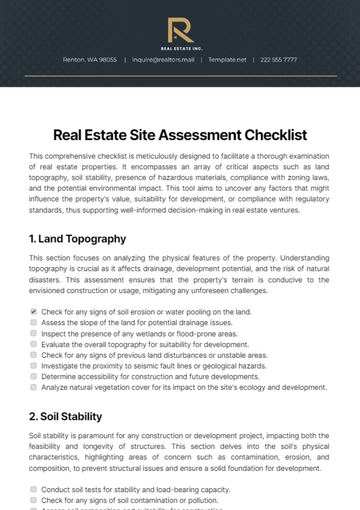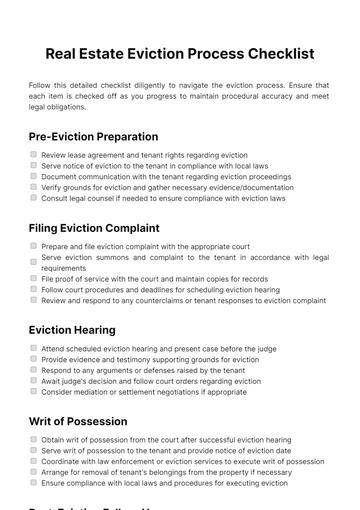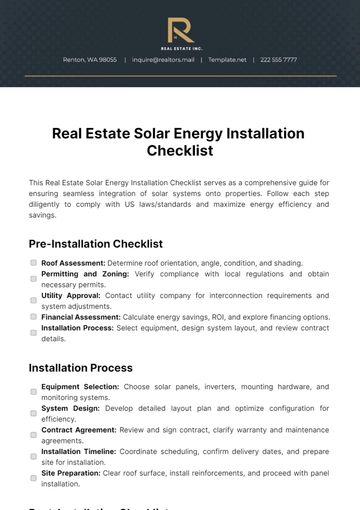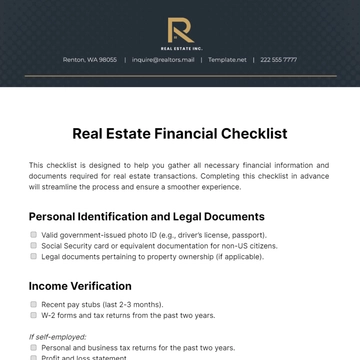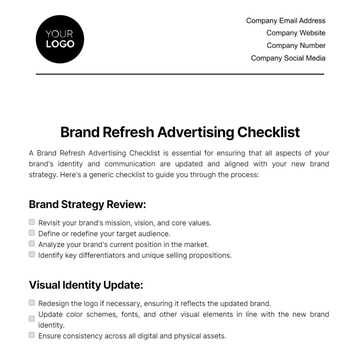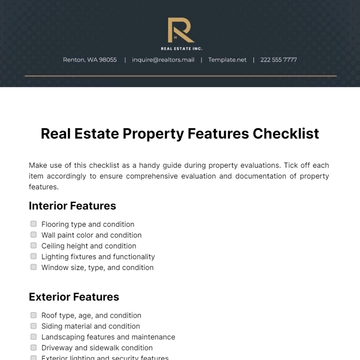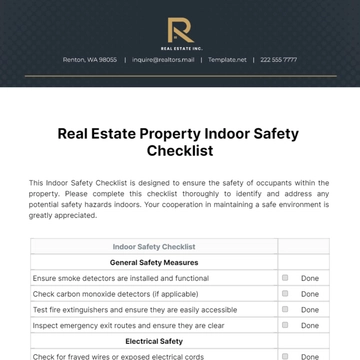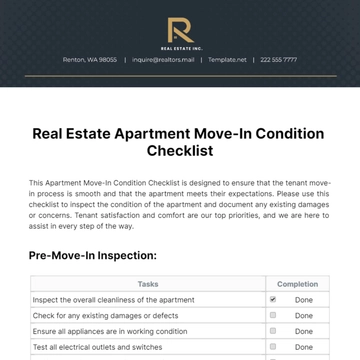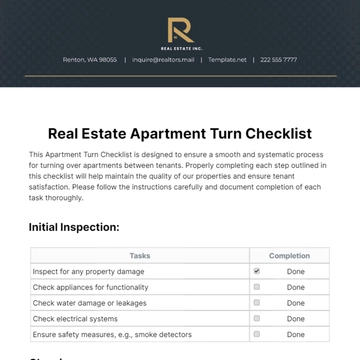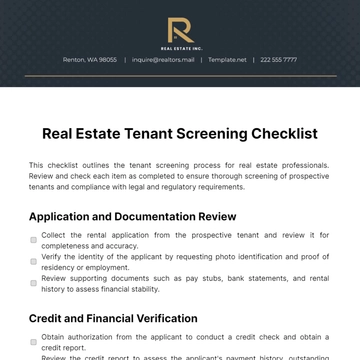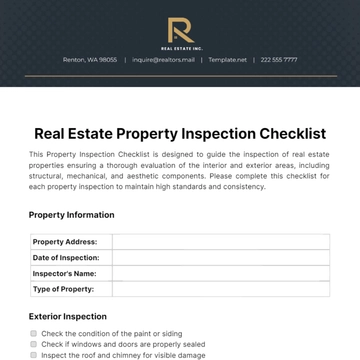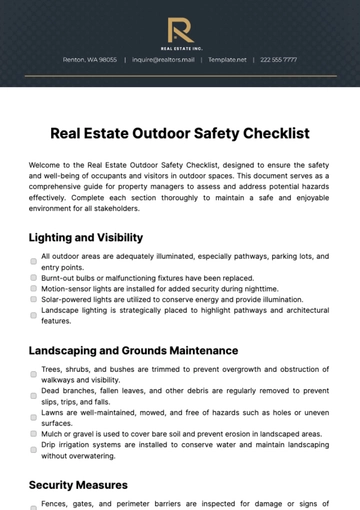Free Employee Training Layout Checklist
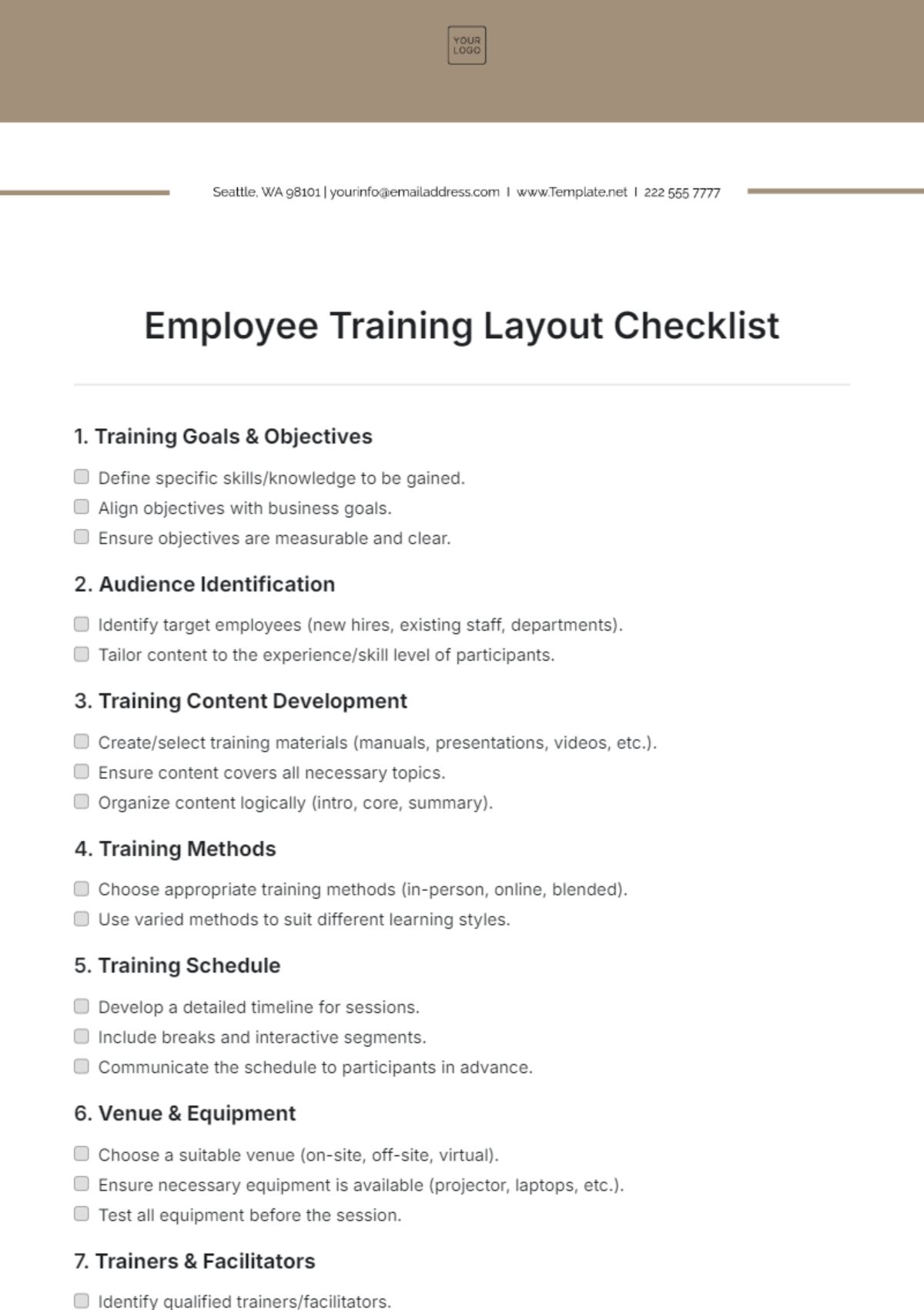
1. Training Goals & Objectives
Define specific skills/knowledge to be gained.
Align objectives with business goals.
Ensure objectives are measurable and clear.
2. Audience Identification
Identify target employees (new hires, existing staff, departments).
Tailor content to the experience/skill level of participants.
3. Training Content Development
Create/select training materials (manuals, presentations, videos, etc.).
Ensure content covers all necessary topics.
Organize content logically (intro, core, summary).
4. Training Methods
Choose appropriate training methods (in-person, online, blended).
Use varied methods to suit different learning styles.
5. Training Schedule
Develop a detailed timeline for sessions.
Include breaks and interactive segments.
Communicate the schedule to participants in advance.
6. Venue & Equipment
Choose a suitable venue (on-site, off-site, virtual).
Ensure necessary equipment is available (projector, laptops, etc.).
Test all equipment before the session.
7. Trainers & Facilitators
Identify qualified trainers/facilitators.
Provide a clear understanding of objectives to trainers.
Ensure trainers are prepared with all materials.
8. Participant Preparation
Send pre-training materials or instructions.
Ensure participants understand the training's relevance.
Provide access to online tools/platforms if required.
9. Engagement & Interaction
Plan interactive activities (Q&A, discussions, case studies).
Encourage active participation.
Monitor engagement and adjust if necessary.
10. Assessment & Feedback
Design assessments to measure understanding.
Collect feedback through surveys/discussions post-training.
Review assessments to ensure objectives were met.
11. Post-Training Support
Provide additional learning resources/materials.
Schedule follow-up sessions/refresher courses if necessary.
Ensure a point of contact for ongoing support.
12. Evaluation & Improvement
Review feedback and assessment results.
Identify areas for program improvement.
Update materials and methods based on feedback.
- 100% Customizable, free editor
- Access 1 Million+ Templates, photo’s & graphics
- Download or share as a template
- Click and replace photos, graphics, text, backgrounds
- Resize, crop, AI write & more
- Access advanced editor
Facilitate effective employee development with Template.net's Employee Training Checklist template. This editable checklist allows you to create a customized training plan tailored to your company's needs. Use our AI Editor Tool to modify training modules, schedules, and assessments effortlessly. Invest in the growth and success of your workforce. Streamline your onboarding process today.
You may also like
- Cleaning Checklist
- Daily Checklist
- Travel Checklist
- Self Care Checklist
- Risk Assessment Checklist
- Onboarding Checklist
- Quality Checklist
- Compliance Checklist
- Audit Checklist
- Registry Checklist
- HR Checklist
- Restaurant Checklist
- Checklist Layout
- Creative Checklist
- Sales Checklist
- Construction Checklist
- Task Checklist
- Professional Checklist
- Hotel Checklist
- Employee Checklist
- Moving Checklist
- Marketing Checklist
- Accounting Checklist
- Camping Checklist
- Packing Checklist
- Real Estate Checklist
- Cleaning Checklist Service
- New Employee Checklist
- Food Checklist
- Home Inspection Checklist
- Advertising Checklist
- Event Checklist
- SEO Checklist
- Assessment Checklist
- Inspection Checklist
- Baby Registry Checklist
- Induction Checklist
- Employee Training Checklist
- Medical Checklist
- Safety Checklist
- Site Checklist
- Job Checklist
- Service Checklist
- Nanny Checklist
- Building Checklist
- Work Checklist
- Office Checklist
- Training Checklist
- Website Checklist
- IT and Software Checklist
- Performance Checklist
- Project Checklist
- Startup Checklist
- Education Checklist
- Home Checklist
- School Checklist
- Maintenance Checklist
- Planning Checklist
- Manager Checklist
- Wedding Checklist
- Vehicle Checklist
- Travel Agency Checklist
- Vehicle Inspection Checklist
- Interior Design Checklist
- Backpacking Checklist
- Business Checklist
- Legal Checklist
- Nursing Home Checklist
- Weekly Checklist
- Recruitment Checklist
- Salon Checklist
- Baby Checklist
- Equipment Checklist
- Trade Show Checklist
- Party Checklist
- Hospital Bag Checklist
- Evaluation Checklist
- Agency Checklist
- First Apartment Checklist
- Hiring Checklist
- Opening Checklist
- Small Business Checklist
- Rental Checklist
- College Dorm Checklist
- New Puppy Checklist
- University Checklist
- Building Maintenance Checklist
- Work From Home Checklist
- Student Checklist
- Application Checklist
